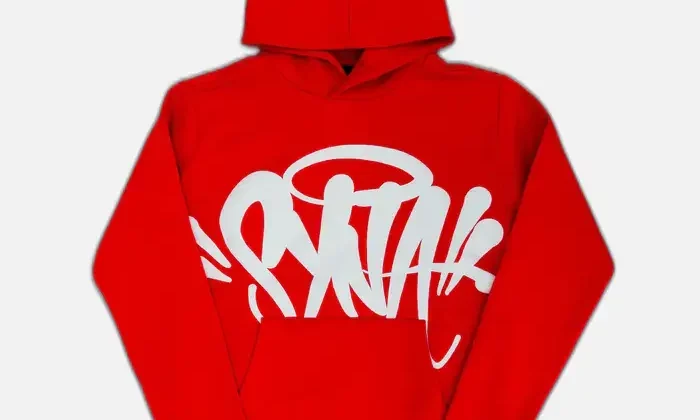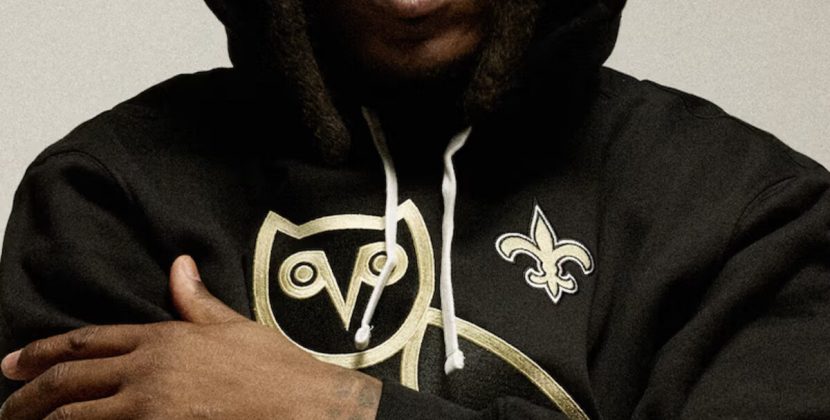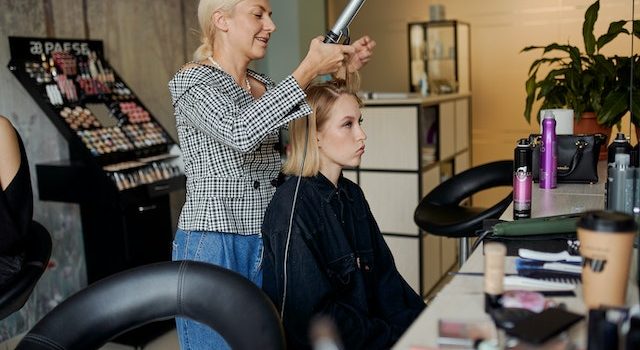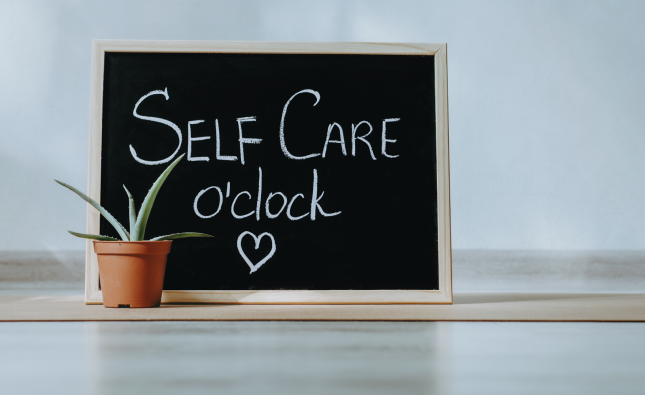
Do you have curly, wavy, or frizzy hair? Are you tired of taming your mane every morning before work or school? Hair straightening might be the solution for you! But with so many methods available in salons and at-home kits, it can be challenging to know where to start. In this stylist’s guide to safe and healthy hair straightening, we’ll explore different techniques and their pros and cons. Plus, we’ll share tips on how to prepare your hair beforehand and maintain its health after the process. Get ready for sleek locks without sacrificing shine!
What is hair straightening?
Hair straightening is a technique used to achieve smooth and sleek hair by altering its natural texture. This process can be permanent or temporary, depending on the method you choose. Some methods permanently change your hair’s structure, while others only last until your next wash.
One of the most popular types of hair straightening is chemical processing. It involves applying a solution that breaks down the bonds in your hair, allowing it to be reshaped into a straighter form. However, this method can damage your hair if not done correctly or with improper products.
Another common way to straighten hair is heat styling using flat irons or blow dryers. This option is less damaging than chemical processing but still requires proper preparation and aftercare to keep your locks healthy.
There are also non-heat methods available like keratin treatments which use natural proteins found in our own bodies. These treatments coat each strand of hair smoothing out frizz and leaving behind shiny locks without causing any damage.
Choosing the right method comes down to personal preference and understanding how each one affects your specific type of hair needs!
Different types of hair straightening methods
There are several methods of hair straightening, and each has its own pros and cons. One popular method is using a flat iron. Flat irons use heat to straighten the hair by breaking down the natural curl pattern. However, excessive heat can cause damage to your hair over time.
Another common method is chemical straightening, also known as a perm or relaxer. Chemical treatments alter the structure of your hair bonds, making it easier to style without curls or waves. However, these chemicals can be harsh on your scalp and leave your hair brittle if not done correctly.
Japanese Hair Straightening is another popular option that uses chemicals and heat to permanently straighten curly or wavy hair. This process takes several hours but provides long-lasting results lasting up to six months.
Brazilian Keratin Treatment (BKT) involves applying keratin protein mixed with formaldehyde onto the strands of your locks then setting it with high heat blow drying followed by flat ironing in sections until smooth finish achieved which lasts for about 3-6 months depending on various factors including frequency of washing etcetera
When choosing a method for straightening your hair, consider factors such as cost, time commitment required for maintenance/upkeep between appointments,safety concerns involved as well as personal preferences regarding overall styling goals you have in mind before making any decisions
Pros and cons of straightening your hair
Straightening your hair can be a great way to achieve a sleek and polished look, but it’s important to consider the pros and cons before diving in. One of the biggest advantages of straightening is that it can give you a confidence boost and make you feel more put together. It’s also a convenient way to manage frizzy or unruly hair.
On the other hand, there are some potential downsides to consider. Heat damage is one of the most common concerns with straightening, as excessive heat exposure can cause dryness, breakage, and split ends. Additionally, frequent use of straighteners may lead to thinning or weakening of the hair over time.
Another factor to consider is maintenance. Straightened hair requires upkeep in order to stay healthy and shiny – this may include regular trims, deep conditioning treatments, and protective styling techniques like wrapping or pin curls.
While straightening your hair can offer many benefits when done correctly and with care for your strands’ health – it’s important that you weigh these against any potential drawbacks before making a decision about whether or not this style choice is right for you!
How to prepare your hair for straightening
Before straightening your hair, it’s important to make sure that it’s healthy and strong enough to handle the heat. Here are some tips on how to prepare your hair for safe and effective straightening.
First, you should always start with clean hair. Wash your hair thoroughly with a gentle shampoo and conditioner that are designed for your specific hair type. This will help remove any build-up or residue from styling products that can interfere with the straightening process.
Next, use a heat protectant product on your damp hair before blow-drying. It creates a barrier between the heat of the flat iron and your strands, minimizing damage caused by high temperatures.
When blow-drying, use a brush that is appropriate for your texture of hair; round brushes work best on medium to long length tresses while paddle brushes are ideal for short cuts. Remember not to completely dry out all moisture from roots-to-tips as this can lead to excessive breakage during flat ironing.
Section off small pieces of hair when using hot tools like straighteners or curling irons – this ensures even distribution of heat without overlapping sections which causes frizz and damage in addition uneven-looked locks once completed.
How to style your hair after straightening it
Once you’ve straightened your hair, it’s time to style it in a way that complements your face shape and personal preference. One popular option is to create loose waves using a curling iron. Simply wrap sections of hair around the barrel and hold for a few seconds before releasing.
Another great styling option is to add volume with some teasing at the roots. Use a comb or brush to backcomb small sections of hair near the crown of your head, then smooth over the top layer for a polished finish.
If you’re interested in keeping things sleek and simple, try pulling your hair back into a low ponytail or bun. You can also experiment with different partings – switching from middle to side parts can give you an entirely new look!
Don’t forget about finishing touches like hairspray or serum! These products will help keep your style in place throughout the day while adding shine and reducing frizz.
There are countless ways to style straightened hair – so have fun experimenting until you find what works best for you!
Tips for keeping your hair healthy after straightening it
After straightening your hair, you may be wondering how to keep it healthy and looking its best. Here are some tips to help you maintain the health of your hair after straightening:
First, use a heat protectant spray before styling with heat tools. This will help prevent damage from high temperatures and also make your hair smoother.
Avoid washing your hair too frequently as this can strip natural oils that keep it healthy. Instead, opt for dry shampoos or simply rinse with water when needed.
Try using deep conditioning treatments on a weekly basis to nourish and strengthen your strands. This will help prevent breakage and split ends which can be caused by frequent heat styling.
Additionally, remember to trim your ends regularly as damaged ends can cause further breakage up the shaft of the hair.
Embrace protective hairstyles such as braids or buns in between straightening sessions. These styles not only look great but they also protect against environmental stressors like wind and sun exposure which can weaken the structure of our locks over time.
By following these simple steps you’ll ensure that even after numerous straightening sessions, your tresses remain strong, shiny and radiant!
Conclusion
Hair straightening can be a great way to change up your look and try something new. However, it’s important to keep in mind that the process of straightening can cause damage to your hair if not done properly or if overused.
By understanding the different types of hair straightening methods, preparing your hair properly before styling, and following some tips for keeping your hair healthy after straightening it, you can safely achieve smooth and sleek locks without sacrificing the health of your tresses.
Remember that healthy hair is beautiful hair! So make sure to take good care of yours even when experimenting with different styles. With these tips in mind, you’ll be well on your way to mastering the art of safe and healthy hair straightening.










